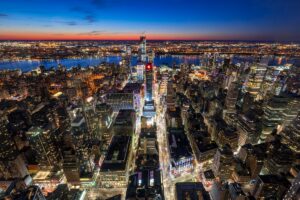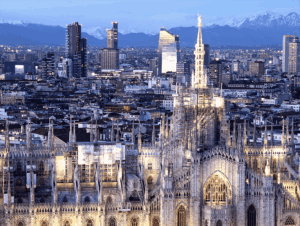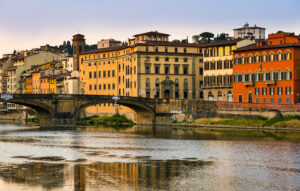Italy’s financial capital is experiencing a pivotal moment in its real estate market, presenting both opportunities and complexities for institutional and private investors. The city’s transformation from a purely financial center to a global luxury destination has created a sophisticated investment landscape that demands careful analysis.
Prime Retail: The Via Monte Napoleone Effect
Milan’s emergence as a premier luxury retail destination is evidenced by Via Monte Napoleone’s ascent to become the world’s most expensive shopping street, with prime rents reaching €20,000 per square meter annually. This metric exceeds both New York’s Fifth Avenue and London’s New Bond Street, traditionally dominant global retail locations. The street’s premium status stems from its extremely limited footprint combined with fierce competition among luxury brands for flagship locations. The growing affluent tourist footfall, particularly from tax-free shoppers outside the EU, has further intensified demand for prime retail space.
Recent major transactions underscore institutional investors’ confidence in the location’s long-term value proposition. Kering’s €1.3bn property acquisition from Blackstone represents Europe’s largest property deal in two years, while both Chanel and Gucci have expanded their presence through new flagship locations.
Investment Market Dynamics
The city has attracted over €30 billion in real estate investment since 2015, with significant capital flows from sovereign wealth funds and international developers such as Qatar Investment Authority and Australia’s Lendlease. This impressive figure reflects Milan’s growing status in global investment portfolios, though the current market presents specific challenges related to development regulations and permit reviews
The interplay between historic preservation and development requirements has created a complex landscape for investors. Over 100 active or planned developments currently face regulatory scrutiny, affecting an estimated €38 billion in potential investment value. This situation requires investors to carefully navigate local regulations while maintaining focus on long-term value creation.
Market Fundamentals and Growth Drivers
Residential property values have increased 49% over the past decade, significantly outperforming Italy’s national average of 8.3%. Premium locations command between €8,000 and €20,000 per square meter, with new developments attracting substantial premiums. This growth is supported by strong fundamentals including record tourism numbers in the Lombardy region, which saw 13 million arrivals in just eight months, and increasing international relocations driven by attractive tax incentive schemes.
The market’s strength is particularly evident in central Milan, where limited development opportunities and growing demand from high-net-worth individuals have created significant price pressure. The city’s historic center, with its characteristic courtyards and architectural heritage, presents unique opportunities for value-add investments, though careful attention to preservation requirements is essential.
Regulatory Environment and Market Evolution
The current regulatory landscape reflects the tension between rapid market growth and sustainable development. Ongoing investigations into fast-track building permits and conflicting interpretations of planning laws dating from 1942 have created uncertainty for developers. However, new legislation under consideration aims to clarify development frameworks and streamline approval processes.
This regulatory complexity particularly affects the conversion of existing buildings, where different cost structures apply to new builds versus renovations. Successful investors in this market have developed strong relationships with local authorities and demonstrated commitment to preserving Milan’s architectural character while delivering modern amenities.
Strategic Outlook and Investment Implications
For investors considering Milan’s property market, the fundamental drivers remain compelling despite near-term regulatory challenges. The city’s position as a luxury retail and financial center, combined with its growing international appeal, suggests continued demand for prime assets. Success in this market requires deep understanding of local planning regulations, strong local partnerships, and a long-term investment horizon.
Particularly promising opportunities exist in mixed-use developments that combine retail and residential elements, especially in locations benefiting from infrastructure improvements. Emerging districts adjacent to the historic center offer potential for value appreciation, though investors should carefully evaluate local market dynamics and development constraints.
The complexity of Milan’s property market ultimately rewards thorough research and local expertise. While regulatory challenges may create near-term uncertainty, the city’s strong fundamentals and growing global significance suggest continued opportunities for well-structured investments. As Milan continues its evolution into a premier European business and luxury destination, strategic investors who can navigate these complexities while maintaining focus on long-term value creation will find significant opportunities in this dynamic market.



